268 – Veterinary Voice: Newborn Puppy Risk Factors
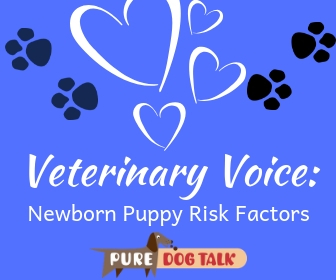
Managing the Neonate – Early Detection and Management of Newborn Risk Factors
By Dr. Marty Greer, DVM, JD
 Breeders, experienced and inexperienced, will benefit from monitoring their newborn pups for the following parameters. This information is modified from recent research gleaned from Neocare in France.
Breeders, experienced and inexperienced, will benefit from monitoring their newborn pups for the following parameters. This information is modified from recent research gleaned from Neocare in France.
Having specific numbers to assess and monitor can be very helpful in early intervention with newborn pups, to avoid and prevent loss of these fragile new pups. Simply peeking into the whelping box does not give adequate information for either the breeder or the veterinarian asked to help with intervention.
Once you have collected this information, you can open a productive dialogue with your veterinary team. You can only manage what you can measure.
With this data, we can assess, intervene and provide specific treatments early enough in the first few days of life. This will significantly reduce neonatal loss, sometimes reported to be as high as 40 percent of newborn pups.
| Parameter | Risk | Managing the Risk | ||||||||||||||||||||||||
| 1. APGAR score Appearance, pulse, grimace, activity and respiration | A Problem APGAR score of <7 is associated with a 22x risk of death in the 1st 8 hours after birth.
Pups with an APGAR of 4-7 can achieve a 90% survival rate with appropriate intervention. |
Repeat or continue resuscitation efforts of suctioning, oxygen, epinephrine, caffeine, ventilation and veterinary care as indicated.
Pups with an APGAR score of 0 – 3 need intensive resuscitation efforts. |
||||||||||||||||||||||||
| 2. Weight | Low birth weight pups have an 81% chance of death in the 1st 48 hours. Pups in the lightest 25% of its breed has an increased risk of mortality during the 1st 2 days of life.
Weight loss – >4% weight loss associated with 8x risk of death. See formula. |
Digital Scale – essential – grams preferred.
Toy breeds – 100 – 200 gm Medium breeds 200-400 gm Large breeds 400 – 600 gm Giant breeds – 600 to 800 gm |
||||||||||||||||||||||||
| 3. Litter size | Large litters have a 4x increased risk of neonatal death associated with low birth weight. | Nutritional support with bottle or tube feeding. Nuby medi-nurser bottle recommended.
Plasma if colostrum is limited. |
||||||||||||||||||||||||
| 4. 3 H syndrome | Hypothermia à ileus of gut. à dehydration à hypoglycemia.
Room temperature – 75o F. Surface temperature – 90 to 95oF. Rectal temperature 94 – 96oF 1st 24 hours. Rectal temp 96-98o F 1st week. Hypothermic pups – 4x increased risk of death. Humidity should be 55% +/- 10%. Monitor hydration with MM moisture and urine color.
Plasma (IV, IO, SQ or oral) or colostrum orally along with appropriate antibiotic therapy should be prescribed. |
Rectal thermometer and Weather station to monitor temperature and humidity.
Pups cannot regulate their body temperature until they are 3 weeks old. PuppyWarmer incubator and oxygen concentrator recommended.
Increase surface temperature. Avoid use of heat lamp due to risk of dehydration, overheating and starting a fire. T.E. Scott Whelping nest recommended.
Avoid feeding until pup has appropriate rectal temperature for 1 hour. Pups should be warmed slowly. |
||||||||||||||||||||||||
| 5. Hypoglycemia | Glucose of 90 mg/dl or higher at 24 to 48 hours of age– normal.
Glucose < 90 gm/dl = 4x increased risk of death. |
Glucometer & foot pad stick.
Karo syrup or 5% dextrose. Tube or bottle feeding. PetTest glucometer and sticks recommended. |
||||||||||||||||||||||||
The following are the 5 P’s of safely tube feeding newborn pups. Do NOT sponge or eyedropper feed due to risk of aspiration. If pups are too weak to adequately suckle on a bottle, tube feeding may be safer. 1. Premeasure tube – enter to rib, 2. Pinch à vocalize before feeding, 3. Pass with chin down, 4. Pass down side, prefer left. 5. Prewarm – puppy and formula
|
||||||||||||||||||||||||||
| It is reported that in small animals doxapram is most likely to be beneficial in increasing respiratory efforts in neonates with low-frequency, gasping, an erratic patterns of breathing after receiving oxygen therapy (Traas 2009). | ||||||||||||||||||||||||||
KNOWLEDGE IS POWER — FRANCIS BACON
When you become a patron of Pure Dog Talk you’ll tap into an exclusive community of experts to help you and your dog be blue-ribbon best at whatever you do with your purebred dog! Your support helps keep the MP3's rolling at Pure Dog Talk!
As a supporter, you’ll immediately gain access to the weekly Pure Pep Talk SMS, Pure Pep Talk private Facebook group, and priority emails. Patrons can choose to level up to the After Dark Zoom and a Patrons Digital Badge for their website— even a private counseling session with Laura on any topic.

DON'T MISS AN EPISODE!!


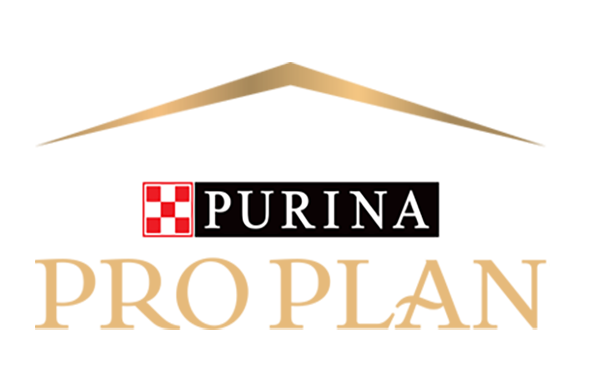





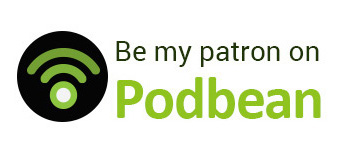

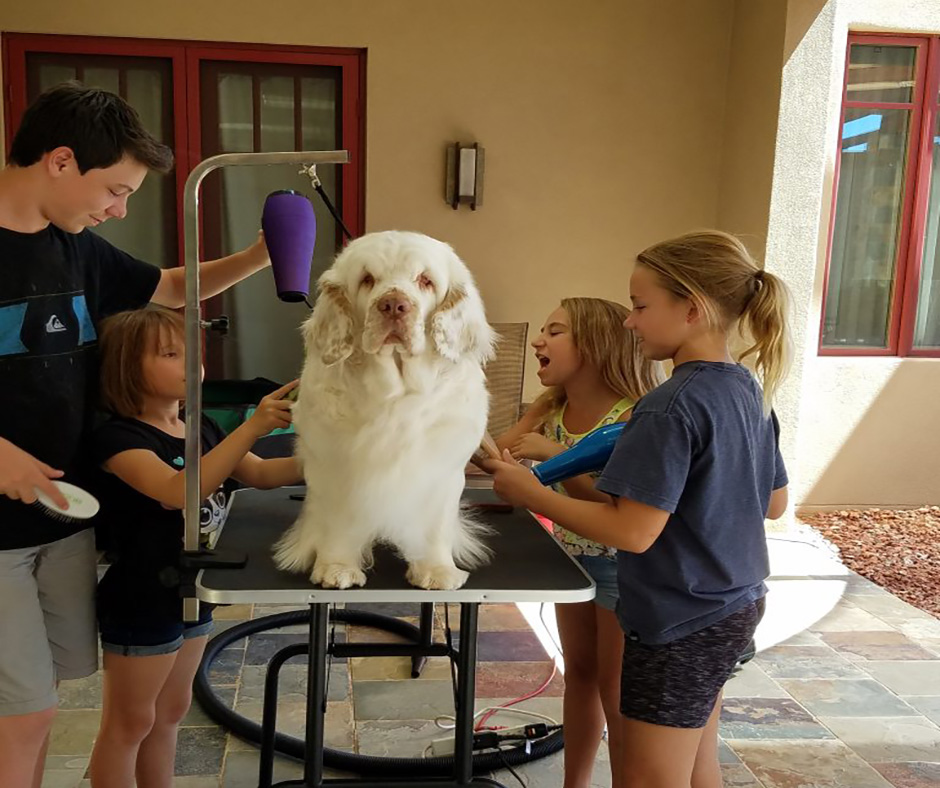
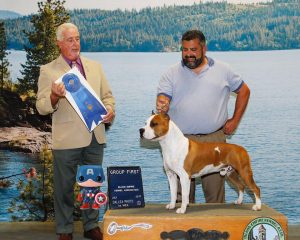

Loved this episode and learned many new things. Have a question though. If you have a stillborn how long should you try to revive that pup if he is showing no signs of life? I read that after 5 minutes with no oxygen they would have brain damage.
Thank you very much for this subject. I have to listen to it over and over to attempt to retain all the information. I’m a first time breeder of Labradors and need all the help I can get. More podcasts on breeding and welping is helpful.
Love the podcast keep up the great work.